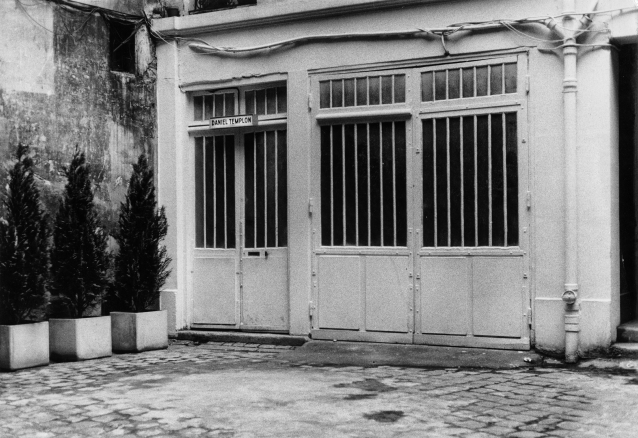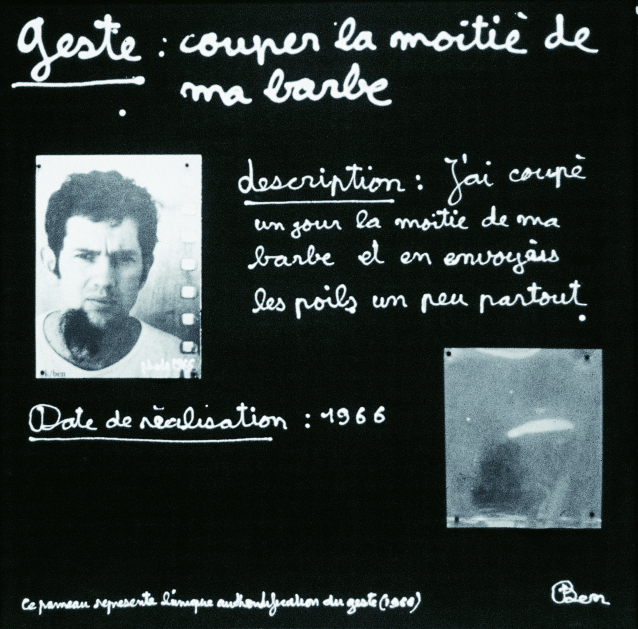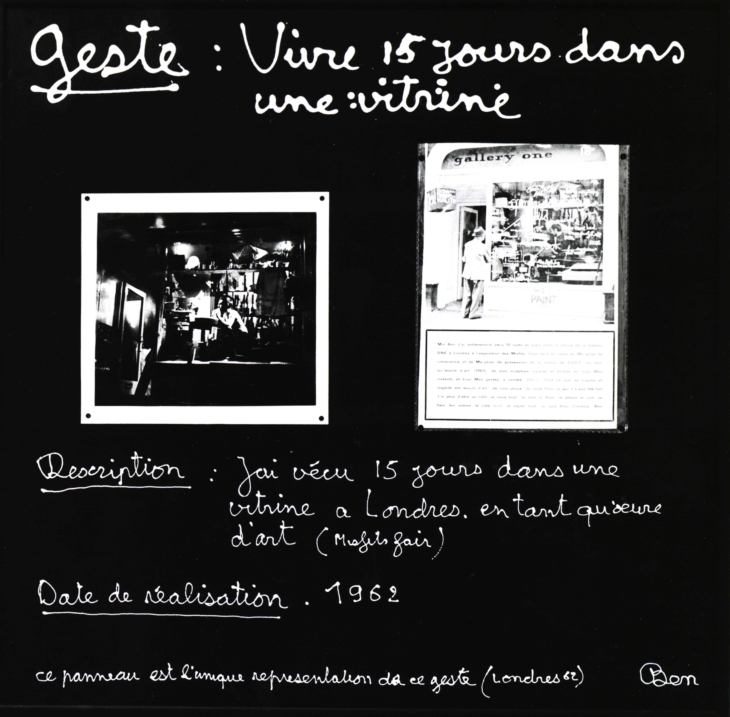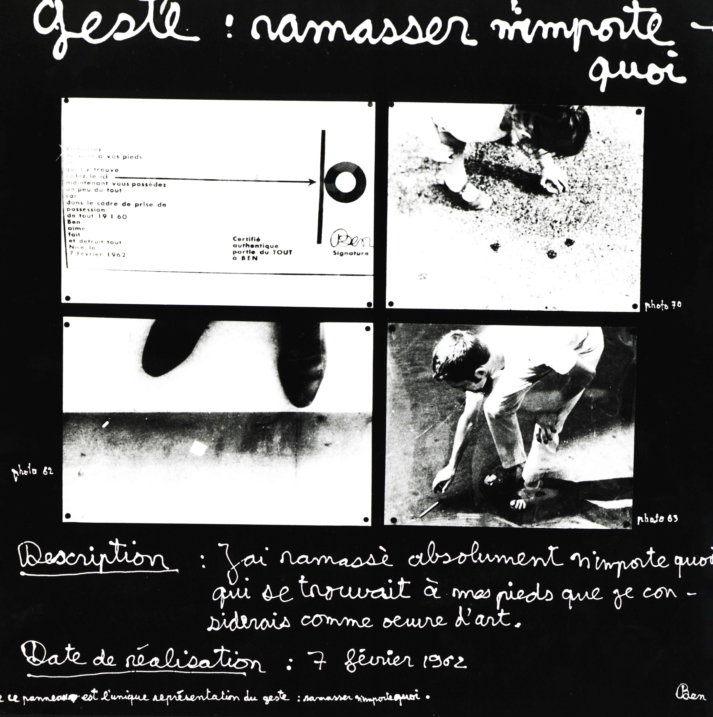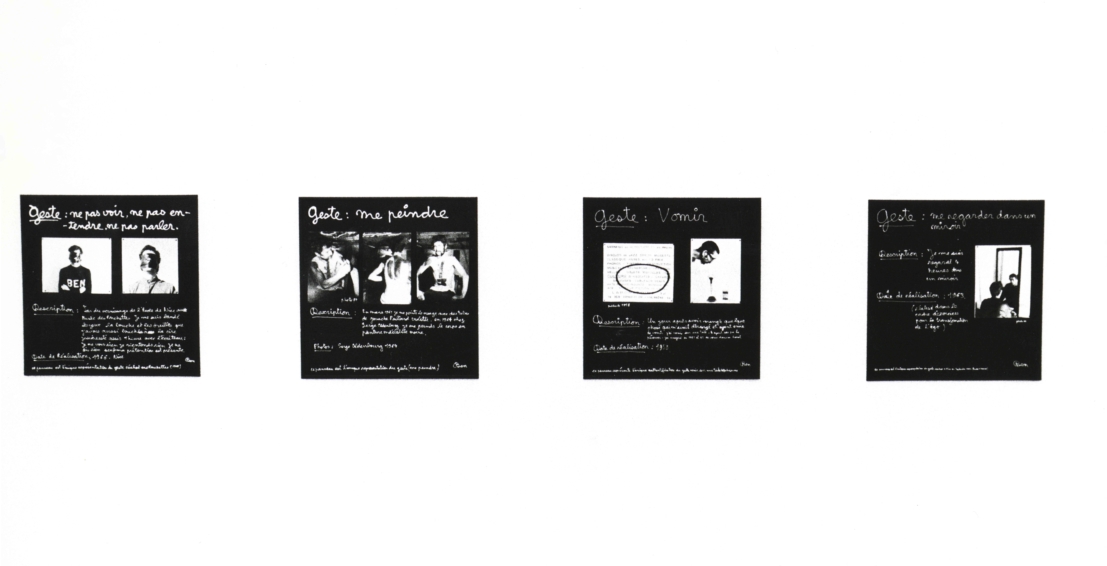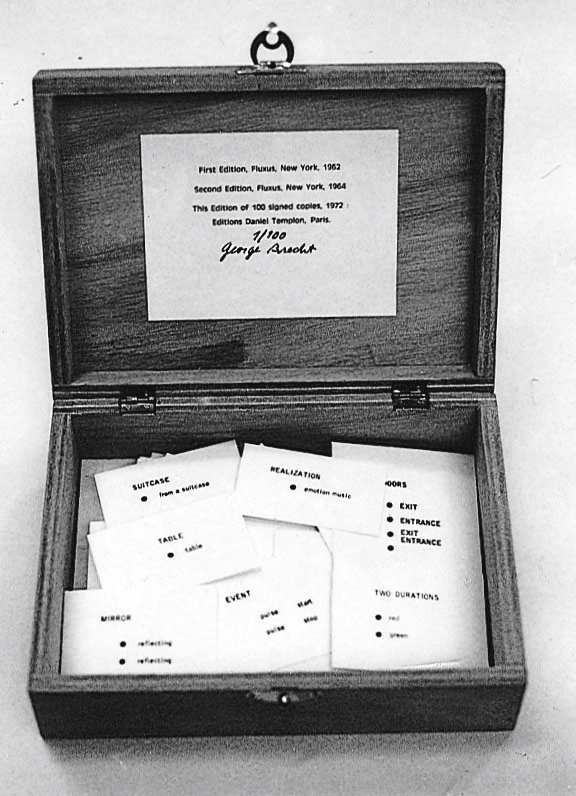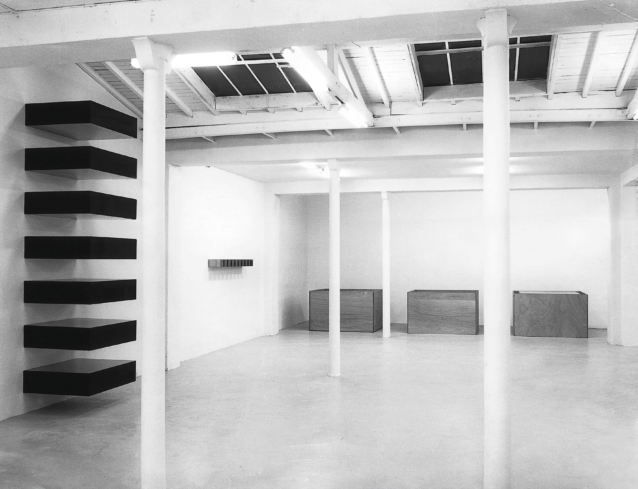History
Groupe
Carl Andre, Dan Flavin, Donald Judd, Sol LeWitt, Robert Morris
January 6 – 29, 1972
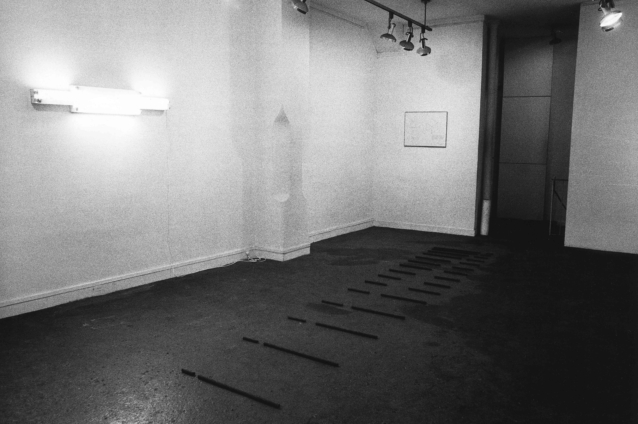
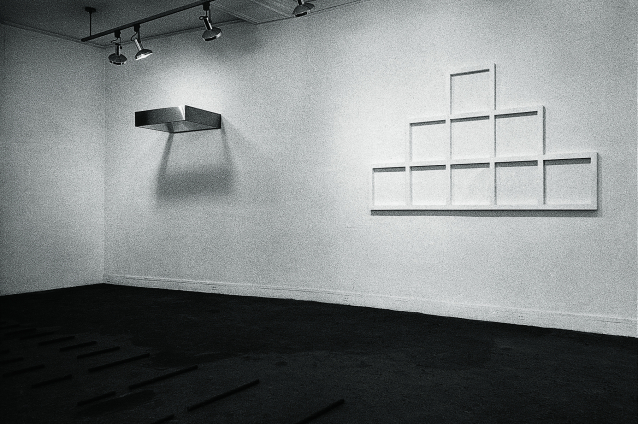
Opening of TEMPLON Rue Beaubourg
30, Rue Beaubourg —Paris
March 1972 is synonymous with a new departure-with the third and last “birth” of the gallery. After the Cimaise-Bonaparte cellar in 1966 the move to rue Beaubourg heralded the beginning of a far more ambitious exhibition program for the gallery, of an upturn in its business activity, and of its entrance into the international network (fairs as well as galleries) that mattered in the contemporary art world of the 1970s.
Julie Verlaine, Daniel Templon, A history of contemporary art, 2016
Ben
Actions
March 1st – 31, 1972
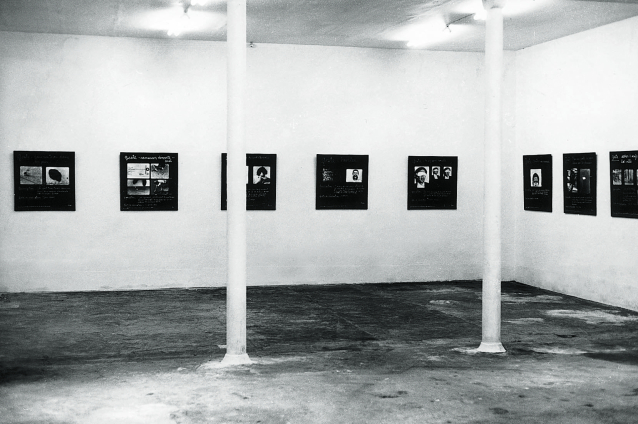
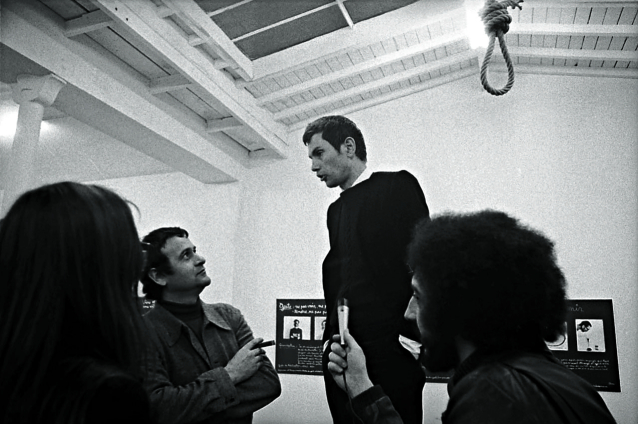
Inspired by the big down town galleries in New York, the new Templon gallery has been set up in a spacious hangar. The exhibition of Ben’s “Actions” over the last ten years. The idea is similar to the one of a retrospective, made up of forty documentary panels. On each panel, a short text along with a series of photos describes and presents an “action” with a historical date. Ben’s ‘actions’ are based on his own form of comedy. But he’s doesn’t wish to be funny just for the sake of it. His humor engages the viewer’s attention, triggering an immediate reaction and helping him understand his intentions. There are several levels to Ben’s ‘gestures’: some are simply common short jokes. Others are closely linked to the artistic context and come across as a virulent critique of the myth of the artist: like the arm-wrestling match that was supposed to determine who was the strongest artist in Nice!
Bernard Borgeaud, Pariscope, March 17, 1972
Jean Le Gac
Les Cahiers
June 1 – 17, 1972
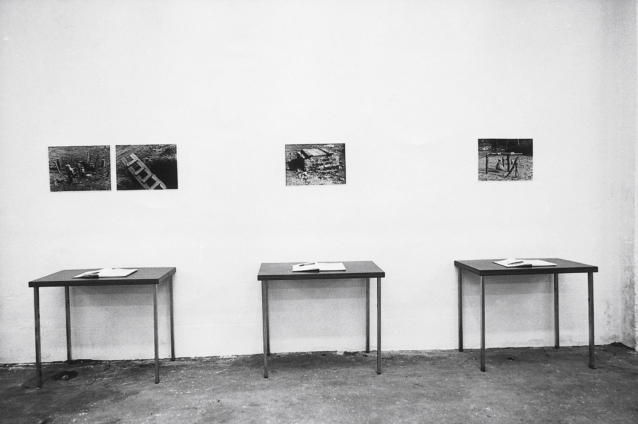
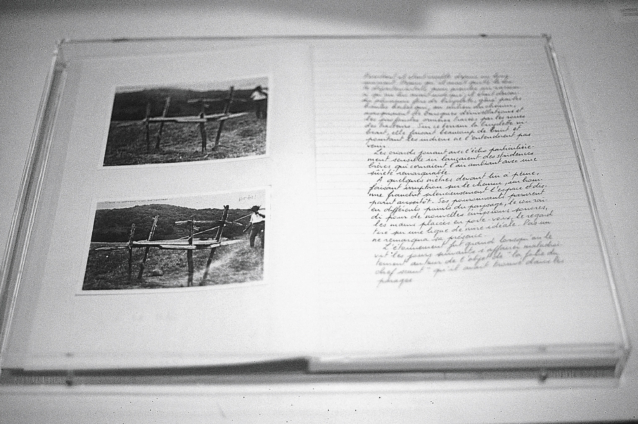
George Brecht
Water Yam
October 9 – 25, 1972
In 1959, George Brecht placed an ordinary chair in the Lawrence Rubin Gallery in New York. The public was free to use it, move it, sit on it. In this way, George Brecht completed Duchamp’s readymade by taking it down from its pedestal, stripping it of its status as a work of art: the artist’s signature. In New York, George Brecht was also a pupil of John Cage, one of the founders of the international Fluxus group (Georges Maciunas, Henry Flynt, Ben, Ray Johnson, Walter de Maria, Wolf Vostell, etc.) He is the author of Fluxus concerts, one of the most famous of which simply involves the performer stepping onto the stage and placing a pot of flowers on the piano. Around 1960, George Brecht invented a form of art by correspondence that has since gained many followers among the neo-conceptual, post-Dada and post-Fluxus movements… It involves sending small bristols simply bearing an invitation to an “event”. Contrary to the theatricality and expressionism of “happenings”, “events” are everyday gestures, brief actions, free of charge ideas: for example, the instruction: Turn on a radio. At the first sound, turn it off” or the minimal suggestion: Realization-Emotion music.
Introduction to Ben’s interview with George Brecht, art press, February 1973
Donald Judd
December 1st, 1972 – January 12, 1973
What fundamentally distinguishes the leading Minimalists such as Don Judd, Carl Andre, Sol LeWitt, Dan Flavin and Robert Morris, from the abstract constructivist art that had come before them, is their rejection of all the formal and chromatic satisfactions traditionally inherent in painting and sculpture.
Catherine Millet, art press, February 1973
